Sedimentary rocks are one of the three broad types of rocks found on the earth’s crust, the other two being- igneous and metamorphic rock. It is theoretically verified that from igneous rock, sedimentary rocks are formed after a series of natural processes, namely, erosion, weathering, dissolution, lithification, and precipitation.
Sedimentary rocks are mostly found near the coastline, rivers, oceans, and detritus, which are carried by the wind, and water can be found in the distance from the real reservoir of these resourceful rocks. There can be some valuable rocks in your backyard as well. There are many minerals found in sedimentary rocks which give them more importance in economic use.
Quartz, potassium feldspar (microcline and orthoclase), plagioclase, clays, and oxides/hydroxyl-oxides are the most important minerals in clastic sedimentary rocks (hematite, limonite, and goethite).
The Process Involved in The Formation of Sedimentary Rock
There are a series of events that are involved in the formation of sedimentary rocks. These include weathering, erosion, dissolution, etc. there are several factors responsible for making these rocks full of minerals.
Wind and rain break down large rocks into smaller ones, resulting in erosion and weathering. Boulders and even mountains are transformed into sediments like sand or mud by erosion and weathering. Chemical weathering is one type of dissolution. Slightly acidic water slowly wears away stone in this process.
Precipitation and lithification are two processes that result in new rocks or minerals. The production of rocks and minerals from chemicals that precipitate from water is known as precipitation.
Types Of Sedimentary Rocks
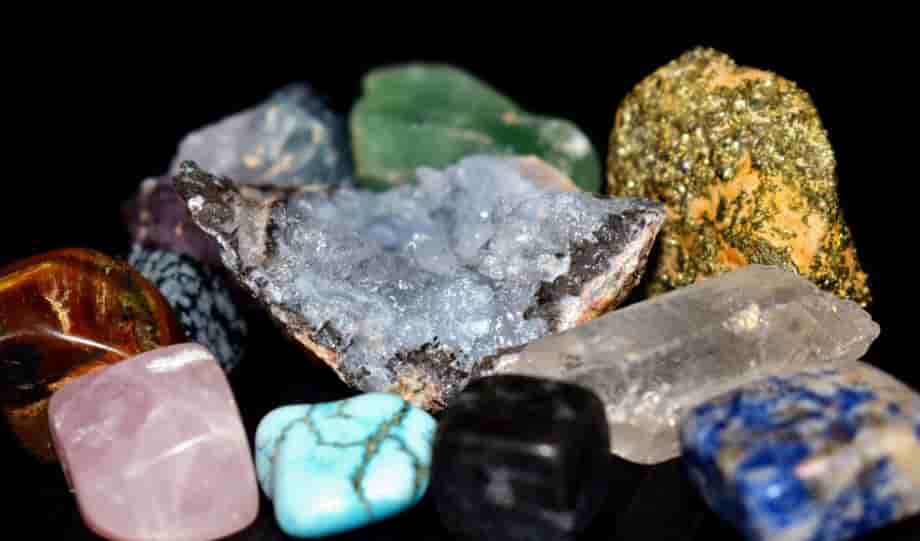
There are three types of sedimentary rocks: clastic, organic, and chemical sedimentary rock.
Clastic Sedimentary Rock
Clastic sedimentary rocks are those types of sedimentary rock consisting of varied sizes from rock to minerals, clay to silt (or sand). These are generally carried by different forces, including gravity, glacier, mudflow, running water, wind, etc.
The average clast diameter would be used to distinguish terrigenous clastic sedimentary rocks further. Conglomerate and breccia are formed from coarse pebbles, cobbles, and boulder-sized gravels; sandstone is formed from sand; while silt and clay are formed from siltstone, claystone, mudrock, and shale.
Organic Sedimentary Rock
Organic sedimentary rocks occur when organic detritus, such as leaves, roots, and other plant or animal material, accumulates and lithifies. Carbon is found in black, mushy, and fossiliferous rocks, originally marshy sediments or peat beds.
Coal is an organic sedimentary rock rich in carbon and is a common and major fuel source. Since coquina, bioclastic limestone, and skeleton limestone are technically organic sedimentary rocks, they are commonly classified as chemically precipitated alongside the other limestones.
Chemical Sedimentary Rock
Chemical sedimentary rocks are formed reprecipitation of chemical weathering’s dissolved products that have been removed from the weathering site.
Solid precipitated nondetrital fragments experience a limited history of transit and abrasion before deposition as non-terrigenous clasts in allelochemical sedimentary rocks, such as numerous limestones and cherts.
Resource Found in Sedimentary Rocks
Sedimentary rocks used for manufacturing buildings, roads, extraction of fossil fuel, and theory states that they are why we have drinking water and ores.
There is wide use of sedimentary rocks, among which economically sedimentary rocks have the following importance.
- Our major energy resources, oil, natural gas, coal, and uranium, are extracted from sedimentary rocks.
- Construction sand and gravel are made from sediment.
- Building stones include sandstone and limestone.
- Plaster of Paris is made from rock gypsum.
- Gypsum helps in making wallboard, street rock, and plasters.
- Shale is a type of sedimentary rock that is a filler in paints.
- Cement is made from limestone.
- Without the flavoring of salt, no food is tasty. Salt is derived from sedimentary rock.
- Fertilizer is made from phosphate-bearing sedimentary rocks.
- Glass is made from quartz sand.
Sedimentary Rock Is a Resource to The History Enthusiast
Sedimentary rocks help uncover ancient history. These rocks have used in anthropology and mineralogist as discussed already.
This type of rock provides information on past habitats on the surface of the Earth. As a result, they are the principal narrators of former climate, life, and key events on the surface of the Earth.
Each type of ecosystem has its own set of mechanisms that result in a certain form of sediment being deposited.
Conclusion
Sedimentary rocks are the most resourceful type of rocks; these help in various ways. They are used in making minerals and for making building blocks of that beautiful tall architecture.
They are essential for knowing the ancient past and hence are also loved and cherished by the history enthusiast worldwide.
These rocks are also a sign that time changes, and one who survives as full of resources and teaches many others.
These are one of the newest types of rocks among the two other, where igneous is the oldest and then metamorphic rocks.

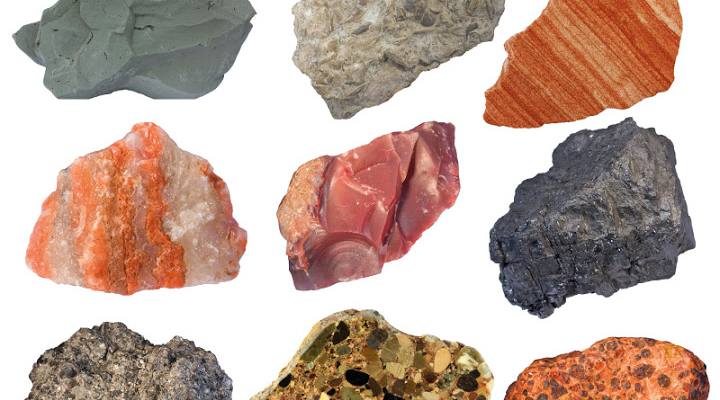
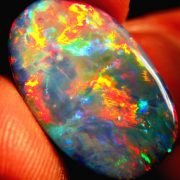
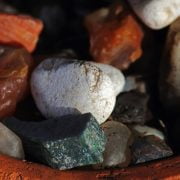
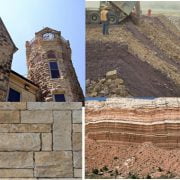

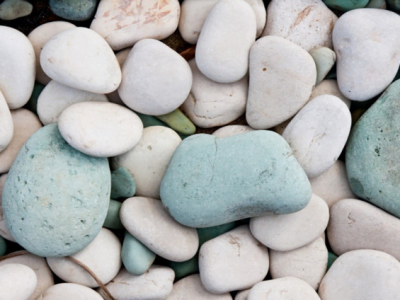
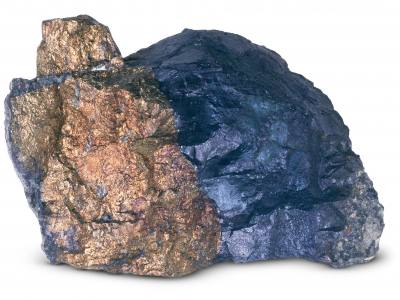
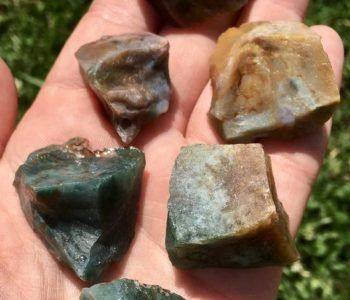





Comments